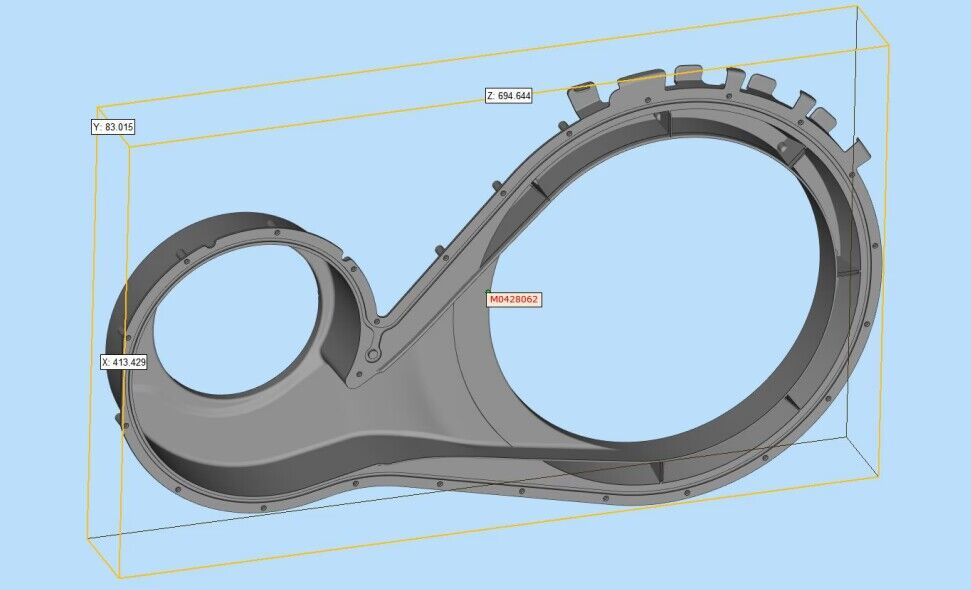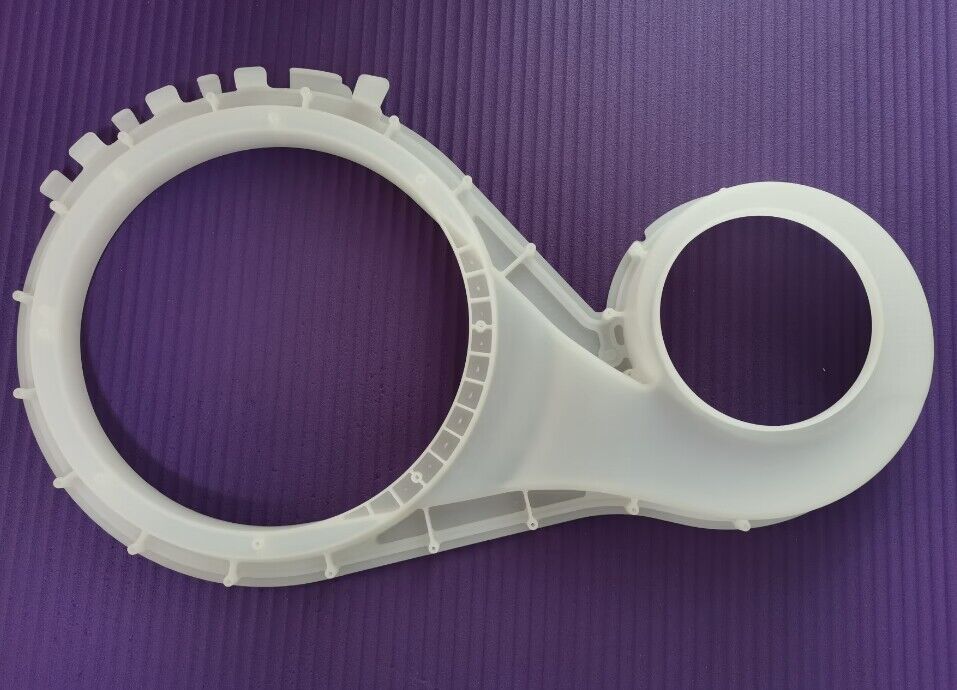The CAD industry makes extensive use of STEP files to transfer three-dimensional models from one software application to another. Understanding how to change and import STEP files is essential for every designer who wants to collaborate effectively and speed up the design process. This article will present essential pointers that will assist designers in working with STEP files efficiently. People often work with this format file in rapid prototyping and CNC machining industry.

Recognizing the STEP File Format
It is necessary for designers who want to efficiently import and edit 3D models to understand the STEP file format. STEP, based on ISO 10303, uses a neutral ASCII format, enabling it to be globally interoperable across a wide variety of CAD software systems. This standardized format allows designers to trade data about complicated 3D models, such as curves, surfaces, topology, and metadata. The data may include both geometric and non-geometric aspects. In that case, they may simplify the design process and guarantee smooth cooperation with stakeholders, even if they work with different CAD tools.
How to Choose the Appropriate CAD Software
When dealing with STEP files, selecting the computer-aided design (CAD) program most suited to your needs is an important choice. Consider using well-known CAD applications such as Autodesk Fusion 360, SolidWorks, Siemens NX, CATIA, or PTC Creo since these applications strongly support importing and exporting STEP files. Check to see whether your software version is up to date and entirely complies with the most recent STEP file guidelines. Doing so will help you prevent any compatibility problems and maintain a seamless workflow for the design process.
Importing Files Using STEP
Launch your CAD program, create a new document, or open an existing one before attempting to import a STEP file into your working environment. Proceed to the “File” menu, and from there, choose either the “Open” or “Import” option. Please navigate to the place on your computer where the STEP file is stored, then pick it up. After that, the program will import the STEP file and convert it into a format suitable for the CAD environment. This will enable you to alter the model in whichever way is necessary.
Looking at the Imported Model
After importing the STEP file, you should thoroughly inspect the 3D model to confirm that it is accurate and has all of the necessary components. Scrutinize the model to search for any possible flaws, missing components, or geometry problems that may have arisen due to the import procedure. It is essential to conduct fidelity testing on the model at this stage since doing so establishes a solid foundation upon which further improvements may be built.
Keeping the Original Designer’s Intention in Mind
When making changes to a STEP file, it is of the utmost importance to ensure that the fundamental spirit of the initial design purpose is preserved. Because doing so might lead to outcomes that were not intended or impede cooperation with other stakeholders who depend on the initial design as a reference, designers need to be careful not to depart significantly from the initial idea. This is because doing so could lead to unforeseen effects. Keeping the original vision for the design in mind while making any required adjustments helps maintain coherence and consistency throughout the design process.
Utilizing Tools for Direct Editing
Utilize the direct editing capabilities provided in current CAD software to make modifications to the 3D model in a fast and uncomplicated way. Without having to depend on the model’s creation history, designers can now resize, move, rotate, and alter components with the help of these user-friendly tools. The designers can rapidly iterate on the design by using direct editing, enabling them to quickly incorporate input and adjust to the project’s needs.
Using Methods of Parametric Modeling to Analyze Data
Utilizing strategies based on parametric modeling proved helpful when making more complex alterations. Using parametric modeling, a designer can set design parameters and develop connections between components. This ensures that changes to a single parameter will immediately update the model to reflect the new information. This robust method ensures consistency across the model, lowers the likelihood of making mistakes, and speeds up the whole process of designing anything by doing away with the need to manually alter every component that is linked to it.
Problems with File Size and Performance and How to Fix Them
The performance of CAD software may be negatively impacted by large STEP files, resulting in slow response and increased processing times. To solve these problems, you should simplify the model as much as possible. It is possible to improve speed without compromising the design quality by using strategies such as reducing geometry, deleting extraneous features, or using the mesh optimization tools supplied by the program.
Keeping Tabs on the Organization of Files
To maintain a productive atmosphere for design, it is essential to cultivate good organizational practices. Create an organized file structure with distinct folders for the components, assemblies, and documentation pertinent to the project. Clear file organization enables easy navigation, collaboration, and a simplified workflow, enabling designers to find particular components more efficiently and work productively with them.
Successful Collaboration
Any design project that uses STEP files requires collaboration as a necessary component. Maintain open lines of communication with your team members, customers, or other stakeholders to guarantee productive cooperation. Verify that all involved parties are running software versions that are compatible with one another to eliminate any possible file compatibility concerns. In addition, it is recommended that documentation accompanying updated STEP files be considered, focusing on the changes made. This documentation may be a massive help in better understanding and can also create easier cooperation among all the people engaged in the design process. Designers may optimize their productivity and generate extraordinary outcomes when working with STEP files if they encourage open communication and a shared understanding among their team members.

Conclusion
To summarize, it is essential for designers working in the CAD business to be proficient in the process of modifying and importing STEP files. Your capacity for productivity and cooperation will improve if you familiarize yourself with the file format, choose the suitable CAD program, and use acceptable modeling approaches. Designers can alter and import STEP files effectively and efficiently, resulting in successful design projects. This is possible by maintaining the original design intent and using efficient tools.
